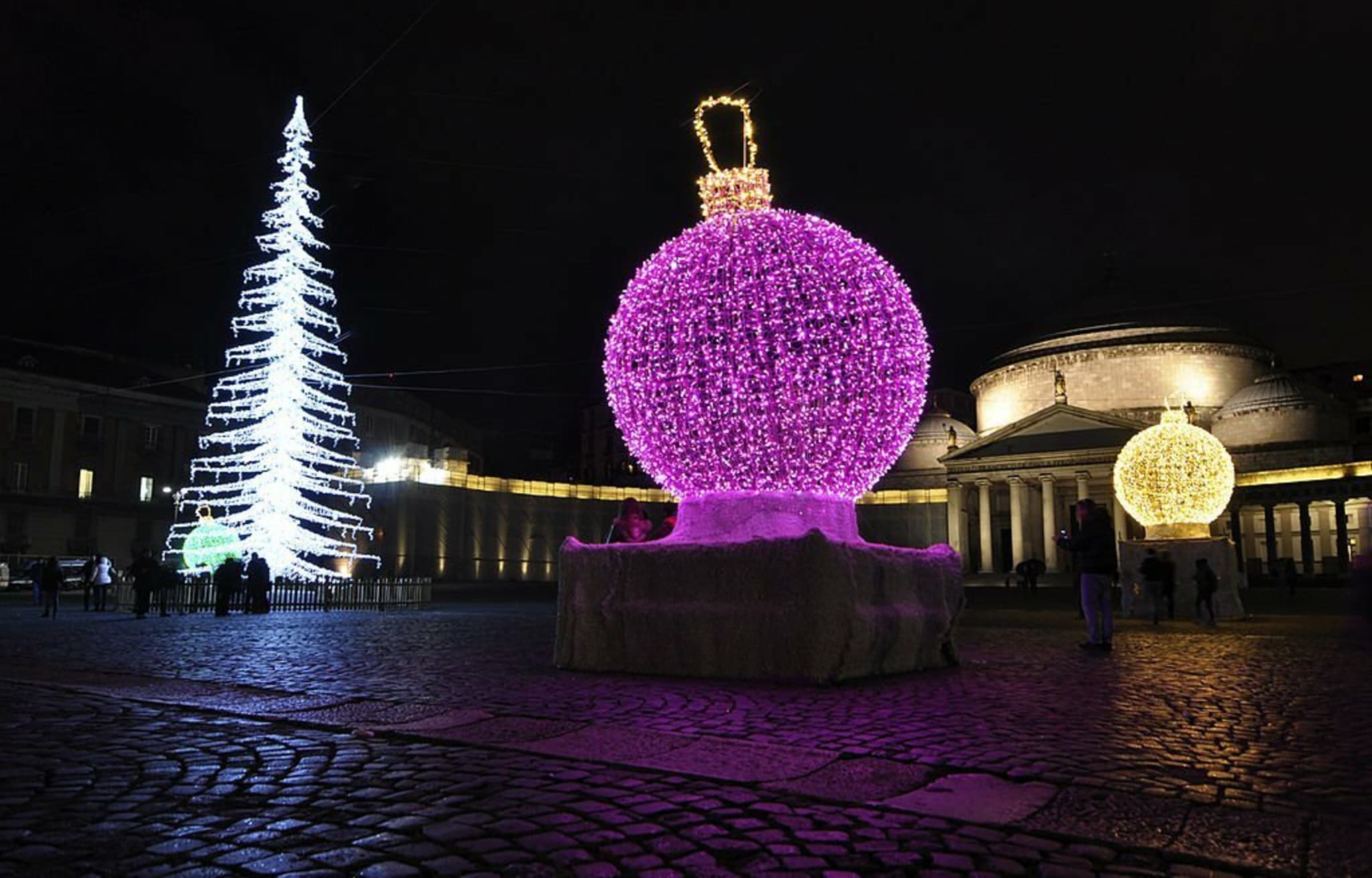Just a few steps away from Maison San Carlo Luxury Suite stands the Teatro di San Carlo, a gem of architecture and culture not only in Italy but around the world. Inaugurated on November 4, 1737, San Carlo is not just the oldest opera house in Europe, but also one of the brightest symbols of Neapolitan artistic and musical tradition, predating historic theatres like La Scala in Milan and La Fenice in Venice.
An Architectural Masterpiece
Designed by engineer Giovanni Antonio Medrano and the director of the San Bartolomeo theatre, Angelo Carasale, the Teatro di San Carlo was built by the will of King Charles of Bourbon, who wished to provide his capital with a theatre that could compete in grandeur and splendor with those of other major European cities. Its architectural structure, with the imposing horseshoe shape, could originally accommodate 3000 spectators, a number that today stands at 1386 seats, following various renovations that have taken place over the centuries.
Renovations and Restorations: A Story of Rebirth
San Carlo has undergone several moments of renovation, the most significant of which occurred in 1816 after a devastating fire. Under the guidance of architect Antonio Niccolini, the theatre was rebuilt in just ten months, enriched with new decorative elements that enhanced its magnificence. The last major interior restoration, which took place in 2009, has returned the theatre to its former glory, preserving the artistic and historical richness that characterizes it.
A Dreamlike Interior
The interior of the theatre is a true masterpiece, with its ceiling adorned by a canvas of Antonio, Giuseppe, and Giovanni Cammarano depicting Apollo presenting the greatest poets of the world to Minerva. The curtain illustrating Parnassus with eighty poets and musicians, and the foyer, rebuilt after its destruction following the Second World War, are just some of the elements that make San Carlo a place of incomparable beauty.
Curiosities and Traditions
The predominant color inside the theatre is red, a symbol of passion and life, which replaces the original Bourbon blue. A fascinating feature is the secret passage that connects the theatre to the Royal Palace, allowing the sovereign to attend performances without being seen. Moreover, the clock placed in the proscenium arch has the peculiarity of having a rotating dial instead of hands.
A Symbol of Culture and Art
Besides being a historic monument of extraordinary importance, the Teatro di San Carlo continues to be a vibrant center of artistic production, hosting opera seasons, ballets, and concerts that attract spectators from all over the world. Its perfect acoustics and the magical atmosphere that pervades it make every performance an unforgettable experience.
The Teatro di San Carlo is not just a building; it is a place where history, art, and passion merge to create moments of pure emotion. Visiting it means embarking on a journey through centuries of cultural history, discovering the timeless beauty of music and theatre.






